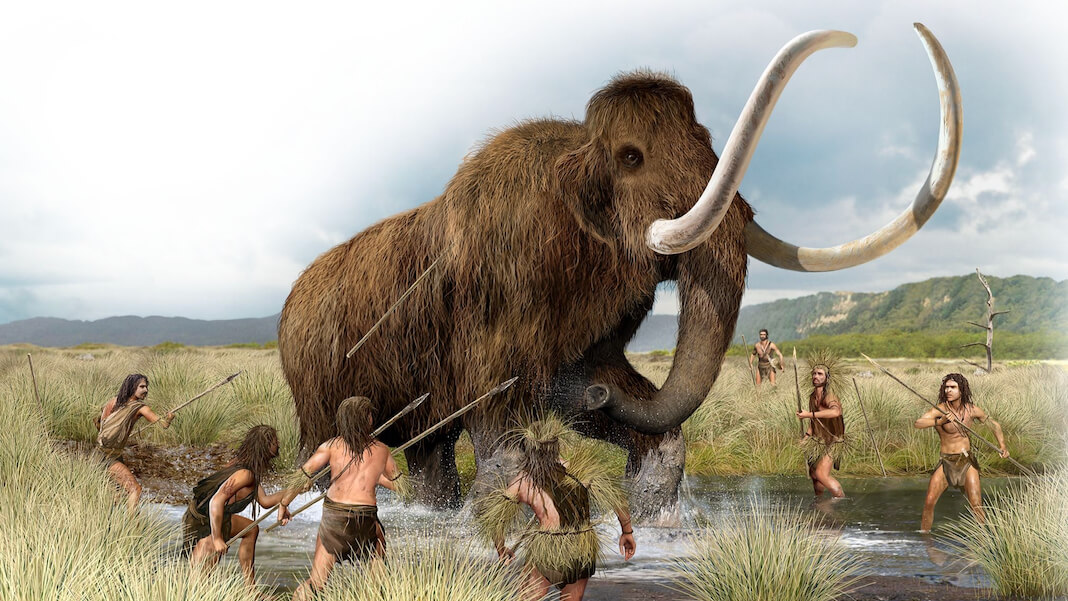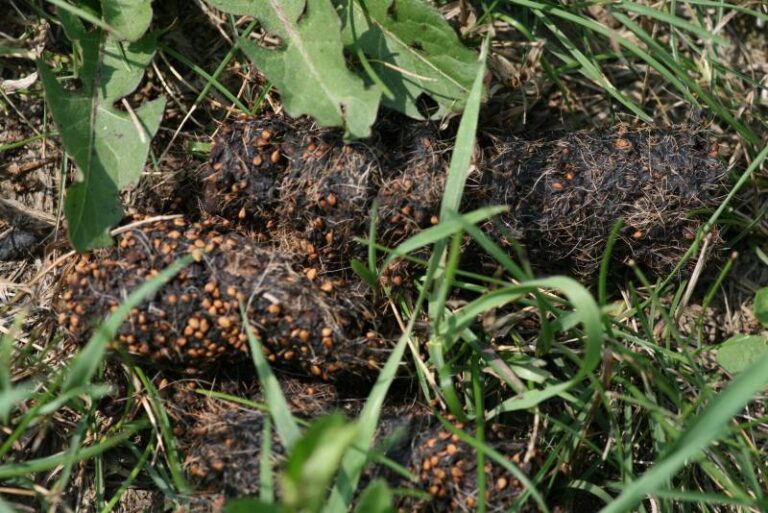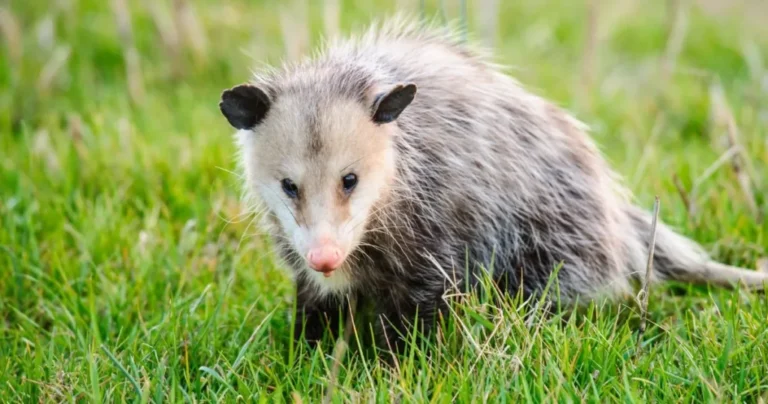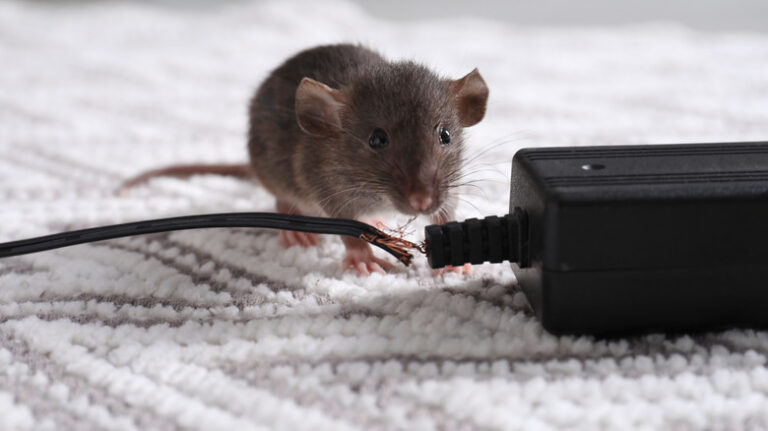What Animals Hunt Humans?
Overview
Through all ages of humanity, the relation of men and animals has been rather intricate. The greater part of the animal population either has been domesticated or poses no threats to man, but a small part truly hunts down humans in states of desperation, territoriality, or predatory instinct.
In this Article, we present some of the species that have become notorious for targeting humans and the reasons behind them.
Big Cats: Silent and Deadly Predators
Tigers: The Hunters of the Jungle
Large cats, particularly tigers, are considered among the most fearsome predators of humans, particularly in territories like India and Southeast Asia. These cats are territorial and may become man-eaters under various circumstances, including encroachment, injury, or old age, making it hard for them to hunt their traditional prey. In the Sundarbans, for instance, the Bengal tiger is a known predator of humans and even considers them easy prey.
Lions: Kings of the Savannah
While African lions are not as frequent man-eaters as tigers, under certain conditions they may attack humans. The infamous Tsavo lions, that killed dozens of workers during the building of a railway in Kenya in the late 19th century, demonstrate the dangerousness of these predators. Incidents of this kind usually involve illness, scarcity of natural prey, or human intrusion into their territory.
Leopards: Opportunistic Hunters
The leopard is renowned for its adaptability and stealth in its hunting of quarry even near human habitations. Where natural prey is becoming scarcer in those parts, they become man-eaters and humans thus become an easy target for them. Cunning and the ability to negotiate the urban landscape elevate their potential threat.
Does Cinnamon Repel Mice? | how to use
Marine Predators-Danger Below the Waves
Great White Sharks: Rulers of the Ocean
Great white sharks are generally regarded as the ultimate marine predators and, as such, much feared. Most of their attacks on humans are cases of mistaken identity, as they may mistake swimmers or surfers for seals, and their powerful bites can be lethal. Incidents involving these sharks are reported in large numbers in coastal areas such as South Africa, Australia, and the United States.
Saltwater Crocodiles: Stealthy and Relentless
Saltwater crocodiles are one of the deadliest reptiles and are native to Australia, Southeast Asia, and the Indo-Pacific regions. Large predators, usually territorial, and known to have ambushed humans that have encroached on their spaces. These creatures can well stay submerged and attack in a flash.
Box Jellyfish: Deadly Drifters
Though not typically thought of as predators, box jellyfish kill hundreds of people. Some species possess extremely powerful venom that can induce cardiac arrest in a matter of minutes. They are essentially found in the waters of Australia and Southeast Asia, actively hunt small prey, but the contact with humans is passive.

Terrestrial Threats: Land Predators
Bears: Fearsome and Unpredictable
Bears can assault human beings especially various species such as grizzlies, polar bears, and sloth bears if conditions allow. Polar bears which are native in the Arctic regions have been recorded attacking and hunting humans whenever the levels of their other natural sources decline. Sloth bears that are from India naturally became aggressive and were believed to injure more people as opposed to any other bear species.
Wolves are pack hunters.
Wolves seldom attack humans, but during severe winters and food scarcity, they can become dangerous. Historical evidence from Europe and Asia relates the few incidents of wolf packs attacking lone travelers, especially during famine periods.
Hyenas: Predators and Scavengers
Hyenas are considered scavengers, but they will hunt for food as well. In parts of Africa, especially in areas where human settlements disturb the hyenas’ territories, attacks on humans have occurred. With powerful jaws and hunting in packs, they can be quite formidable animals that should not be trifled with.
Venomous Creatures: Deadly Encounters
Snakes: Silent Assassins
Large constrictors such as pythons, and venomous species such as cobras and vipers have preyed upon or killed humans in the wild. For example, there have been documented cases of reticulated pythons attacking and eating humans in Southeast Asia.
Scorpions and Spiders
While not hunters in the most traditional sense, some species, like the Brazilian wandering spider or Indian red scorpion, are formidable human threats. Their venom, in most instances and particularly in remote areas where no medical treatment is available, may be deadly.
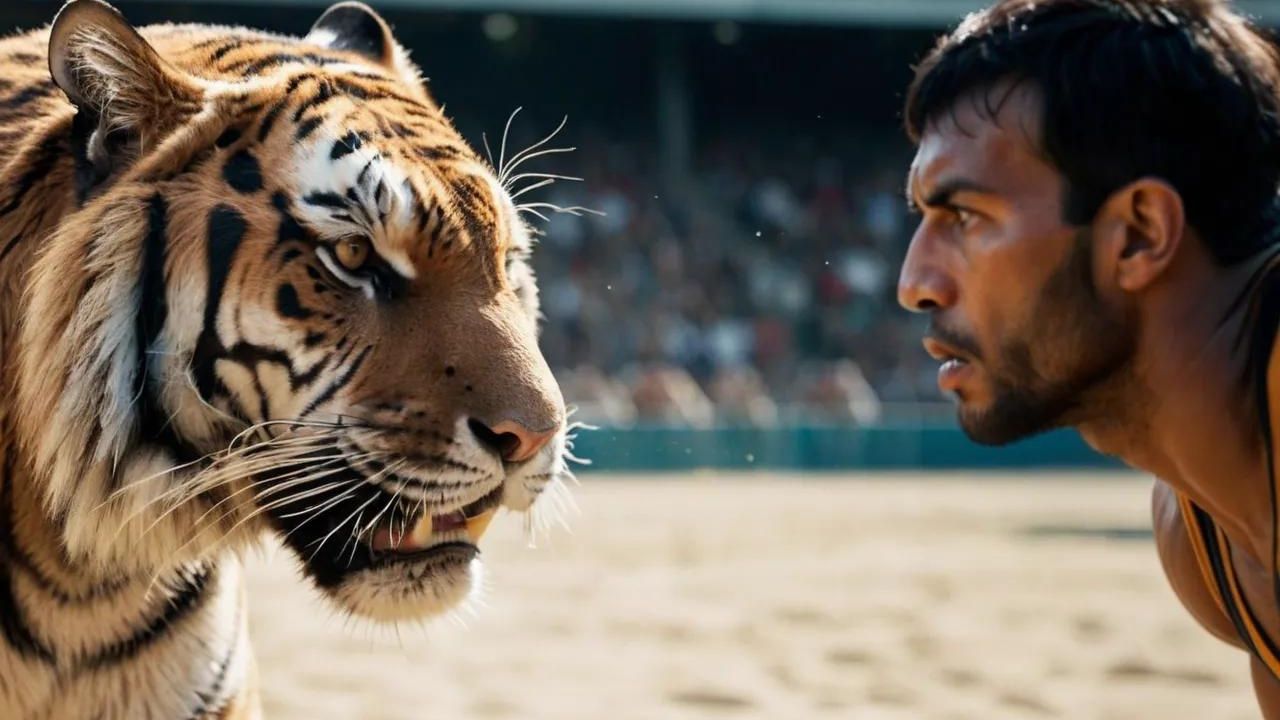
Birds of Prey: Uninvited Predators
Although rare, large birds of prey such as Harpy eagle or Crowned eagle may strike at small children, mistaking them for prey. Such accidents, though infrequent, are yet another risk from territorial or hungry raptors.
Human-Wildlife Conflict: An Emerging Problem
The increasing encroachment of human settlements within wildlife habitats has increased the frequency of animal-human conflicts. Deforestation, change in climate, and the growth of cities force predators into closer proximity with man, making such confrontations more probable. Conservation methods and awareness programs will thereby go a long way to minimize these risks.
Preventive Measures
- Avoid high-risk areas in specific, risky times of the night or in the case of the presence of crocodiles in densely forested areas or other places.
- Respect the habitats of such wildlife to minimize chances that may provoke their territorial behaviors.
- Be prepared and aware in such regions with detrimental mechanisms like pepper spray for those known to have any sort of predators.
Conclusion
Where a few human attacks by an animal happen relatively rarely, understanding behaviors and habitats of these is not out of place in helping the people minimize risks, where our respect for nature helps our behavior in areas of possible threat. We can note thereby how we coexist alongside the fascinating yet dangerous entities of nature.

